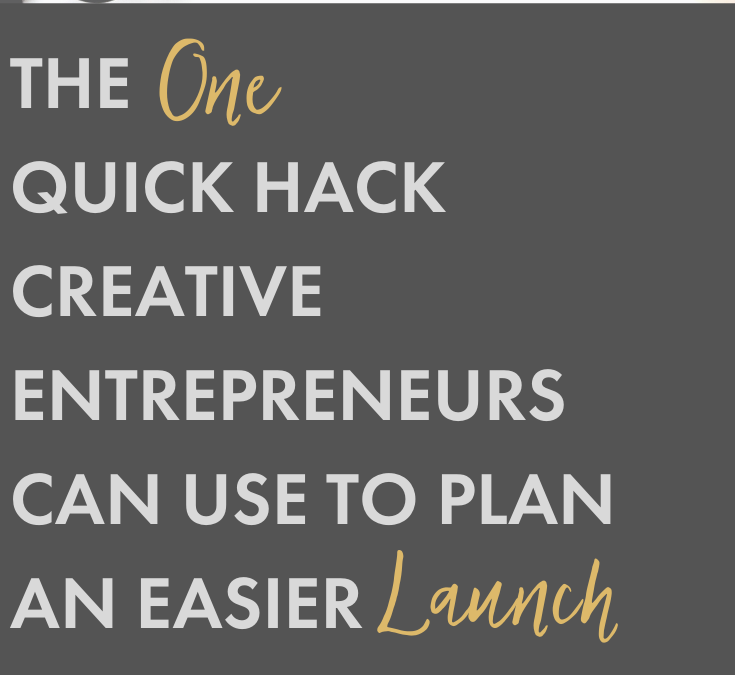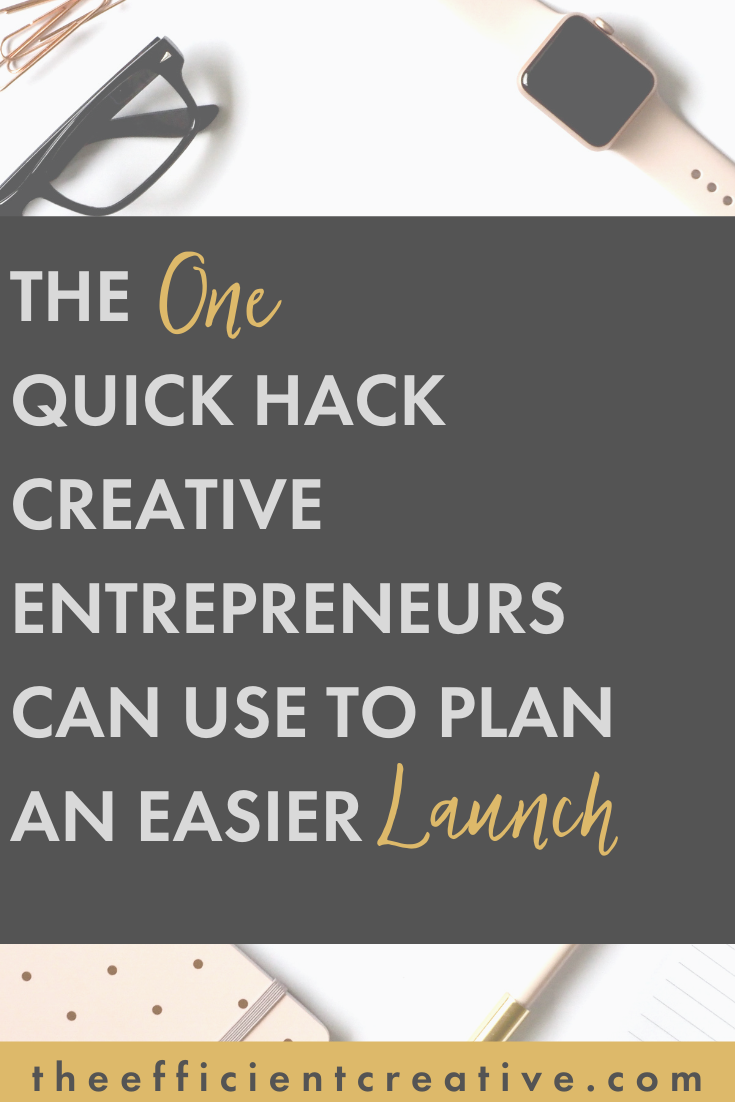
4 Ways Your Project Plan Is Crying For Help (and How to Fix It)
The idea of creating a project plan is daunting—whether it’s for a product marketing launch or any other project. There are so many factors to consider, including the technology required, design, branding, content creation and more. This is enough to make most people want to just quit before they’ve even started! Don’t worry though. With these tips, you’ll be well on your way to an project that’s actually successful—and doesn’t make you run for the hills.

1. You’re not thinking through the step-by-step details in your project plan
Make a Project plan that isn’t a just a quick to-do list
If your project plan is like more like a hasty to-do list, then you’re leaving out vital steps that will cost you time, energy, and even money in the long run.
You may have seen me tell this story before, but it’s the perfect example (and I see it happen all the time.)
How business owners typically set a project end date (a familiar story)
A business owner came to me for help planning her launch and when I asked her timeframe, she threw out a launch date that was a few weeks away. After we created the roadmap together, we saw she’d need at least 8 weeks to complete her project plan.
So why did she think her project could be done in 3 weeks when it really needed 8? Because she hadn’t really thought through the details. She had an idea of what needed to be done, but hadn’t considered every step of the process.
What would have happened if we hadn’t made a detailed project plan for her launch?
Could she have launched in 3 weeks? Maybe! But she would have added to her stress as she was forced to make some hard decisions:
- Outsource the work to get it done on time? Is there room in the budget for that? How would that impact the launch ROI? Who should she hire? Is there time to research and interview contractors?
- Cut back on the launch plans in order to focus her time on the bare minimum required?
- Change her goal date to add another 3 weeks (surely doubling her time is enough, right?) And then doing that again when she realizes the launch still isn’t ready after 6 weeks?
I hear about project stress like this all the time. And all of it can have been avoided by making sure your project plan is sufficiently detailed from the beginning.
2. Your project plan timelines aren’t realistic
If you don’t leave enough time in your project plan for required tasks, then trying to follow it is a stressful exercise in futility (and a lack of sleep).
When you launch your program or project, the first thing to do is to plan it out. I’ll go into the detailed step-by-step of project planning another time, but you’re creating a roadmap of what needs to be done and when. After you see what the tasks are, you estimate how long it will take for each task and set deadlines accordingly.
Estimating time for a project can be difficult—and that’s okay
This can be really difficult if you are planning something new—there’s always uncertainty about how long tasks will take (and that’s okay). If you’re not sure what your time estimate should be, think about a worst-case scenario so that you have the time necessary in the event of delays or problems.
Think through a worst case scenario (include buffer time)
In other words, leave some buffer time when you’re unsure in case something comes up that was not planned for. Don’t put yourself under more pressure than what’s best for your well-being. A plan with a spacious timeline will always feel better than a rushed plan.
3. Your plan (or goals) are too focused on perfection
Think of this plan as “version 1.1” (or 1.2… or 3.1)
Say it with me: your first doesn’t need to be your best. If you feel like everything needs to be perfect from the get-go, you’ll develop an all-or-nothing mindset that’s sure to bring on a sense of dread and defeat. Consider this plan to be an iteration of your ultimate vision.
No one is watching every (virtual) thing you do
Help manage your inner critic by reminding yourself that no one is paying the same level of attention to your stuff as you are (as a perfectionist Enneagram 1, believe me: I am saying this to myself most of all.)
Get started: done is better than perfect
It’s not about making your goal fit some idea of what “the best” looks like to you, but actually getting it out there so that you can start collecting feedback and know what needs to be done next. Each time you repeat a launch, you can adjust, improve, and add a new idea or feature that excites you.
4. You are giving all your project goals equal importance
What parts of your project plan are critical? And which ones can you let go?
Setting priorities is essential to being able to adjust your plan as needed with minimal stress. If you know what your priorities are, then it’s easier to let go of the stuff that’s not supporting your most valued goals. It’s okay to let some tasks—and some goals!—be less important than others.
What is important to you?
Think about what’s truly important to you for this project—not what’s important to that famous business coach or what Big Man McCEO says your “key performance indicators” should be. You might decide that some of your priorities are numbers-based (hitting a financial target, for instance—especially if it’s based on your actual budget goals and not just a vanity number… but I digress).
Your priorities aren’t just about your business goals
But it’s just as vital to consider how you want to feel or ways that you want to grow through your launching/project cycle process. Maybe you want to maintain better boundaries around your work time or get more comfortable being in front of the camera.
Choose and rank these priorities early in your project planning process. Then, if you begin to feel overwhelmed or need to pivot, you’ll already have the decision-making criteria you need to move forward—with minimal hand-wringing.
If you have struggled in the past with any (or all!) of these, there is help! Project planning and consulting can give you the support you need all the way through your project, from digging into the details in planning to helping you stay prioritized and focused during implementation. Let me hear about your upcoming project by sending me an email at kate[at]theefficientcreative[dot]com.












